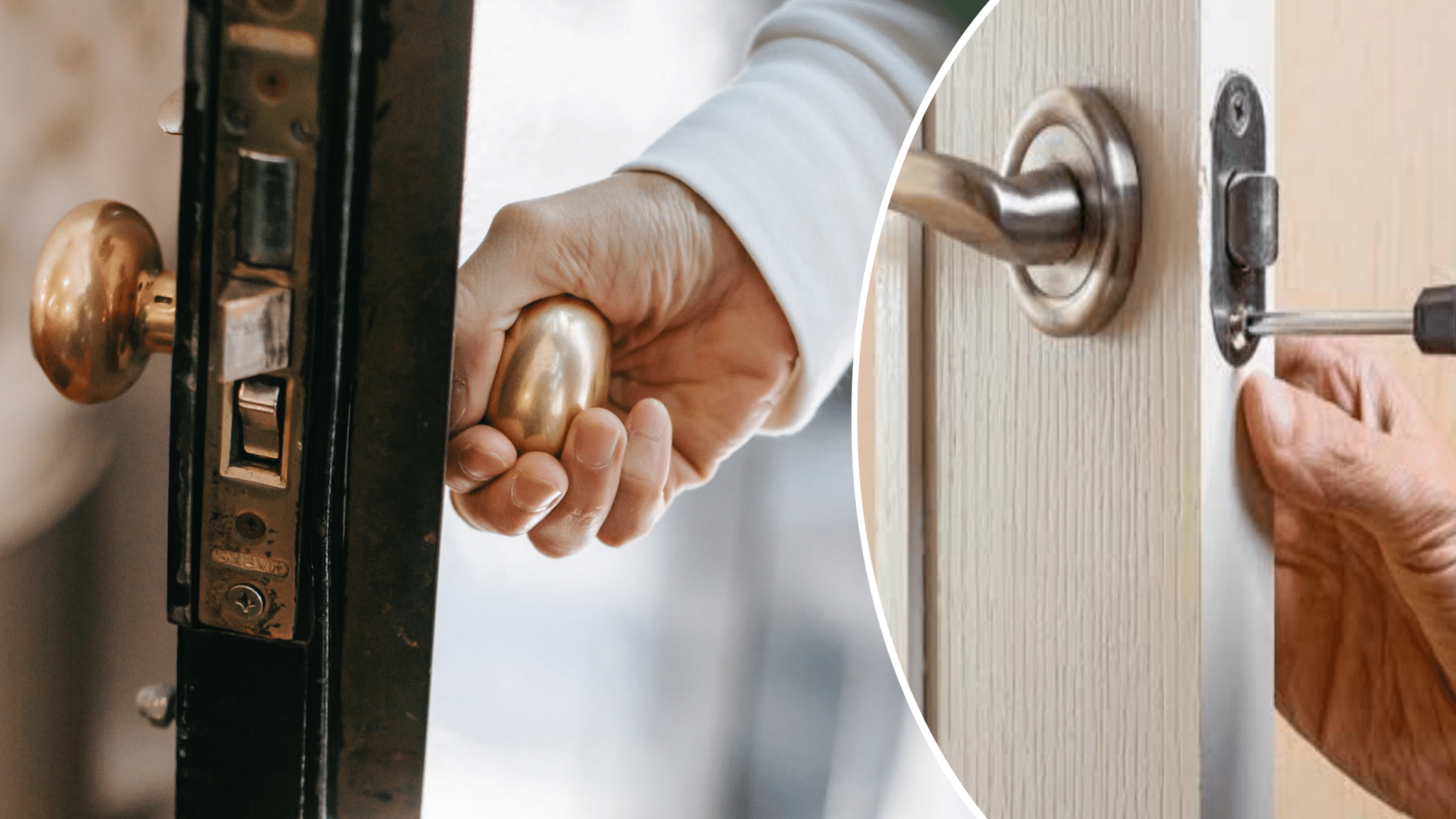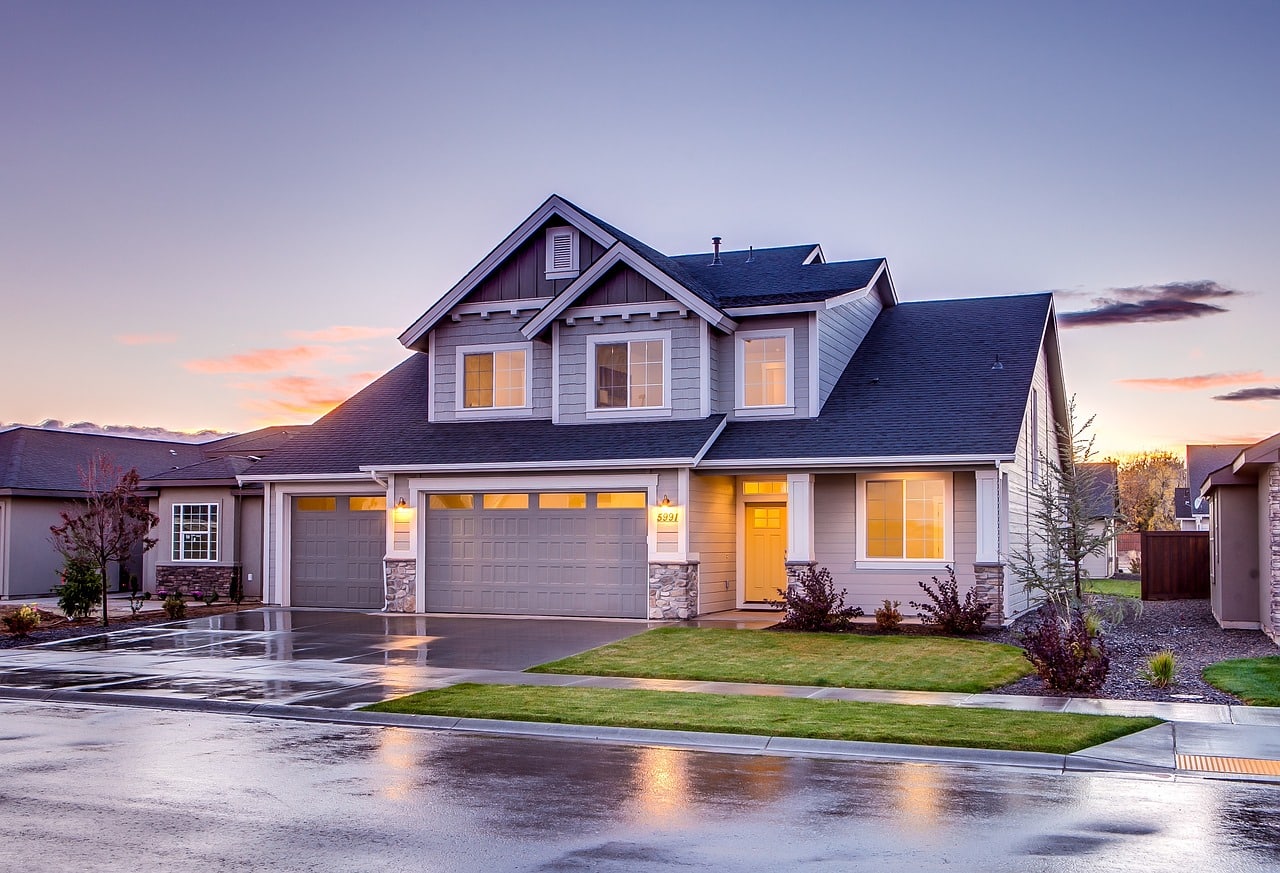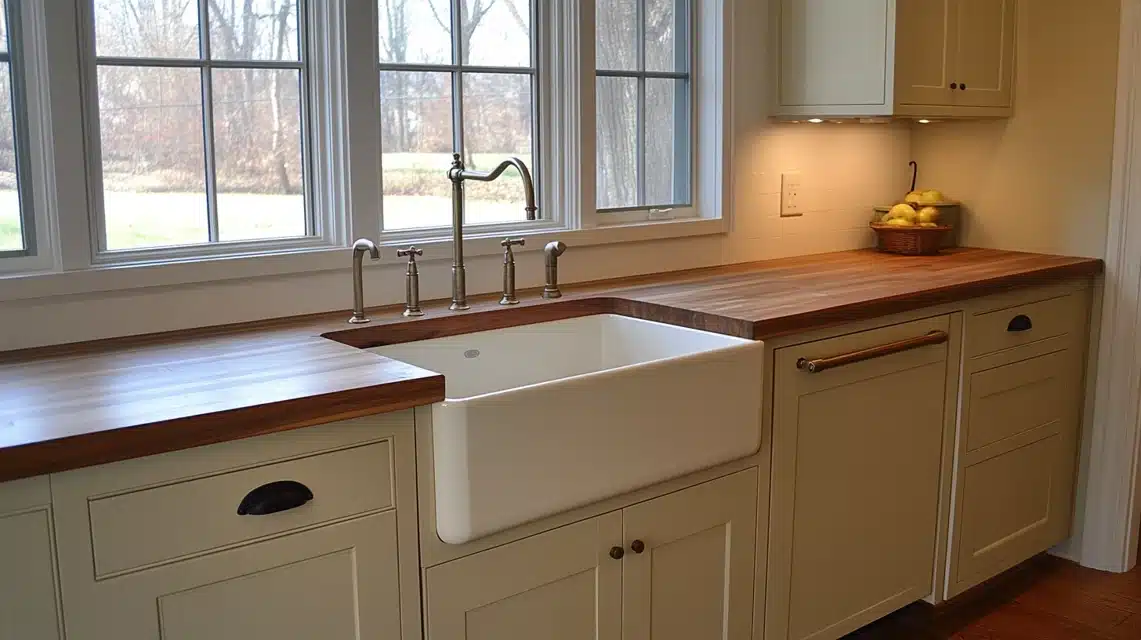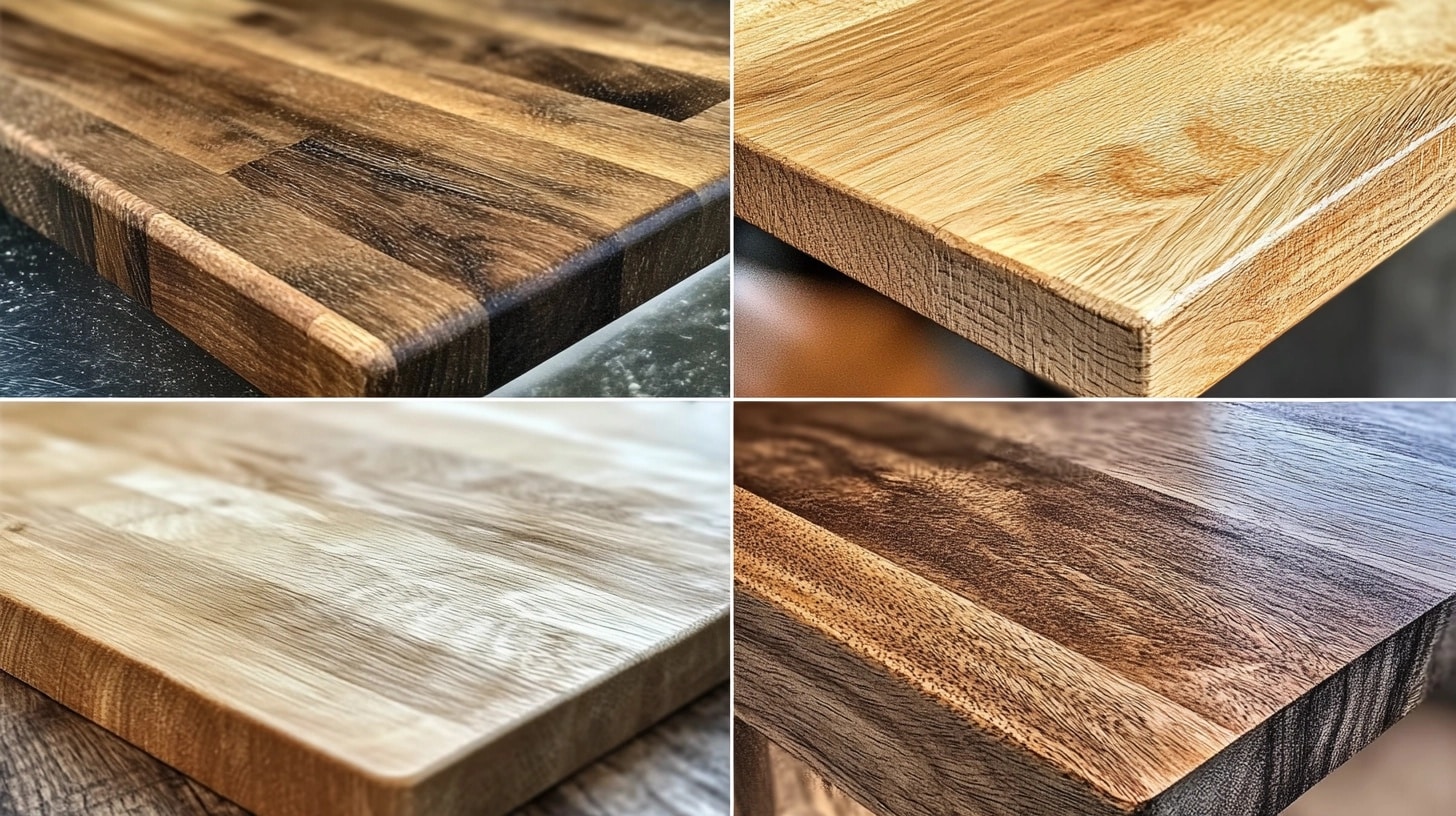How to Prevent Door from Slamming – Door Brake Guide
This comprehensive guide explores door brake mechanisms and maintenance to ensure smooth and safe door operation. From identifying causes of slamming to selecting appropriate types, it offers valuable insights. By following these practices, noise pollution is reduced, energy efficiency enhanced, and potential hazards mitigated. Let’s delve into mechanisms and procedures for effective door brake management.
What Are the Reasons of Door Slamming
Natural Gas and Strain
Generally, door slamming may be attributed to the kingdom of herbal air flow in a building. If doorways are left open, specially in regions with special air pressures such as rooms with more than one doorways and home windows, sturdy winds or strain differences among rooms can pressure the door closed, inflicting it to stop
Improper Placement of The Hinge
Another commonplace motive of door slamming is improperly set up or adjusted hinges. When the hinges are twisted, free, or broken, they fail to guide and stabilize the door properly, inflicting it to vibrate abnormally and in the end fold
Lack of Doorknobs or Curtains
Without the proper suspension mechanisms or curtains in the doorways, they’re more vulnerable to bang. The absence of door hinges, bumpers or cushions permits the doors to swing freely without resistance, making them at risk of remaining within the event of out of doors forces or negative management via customers.
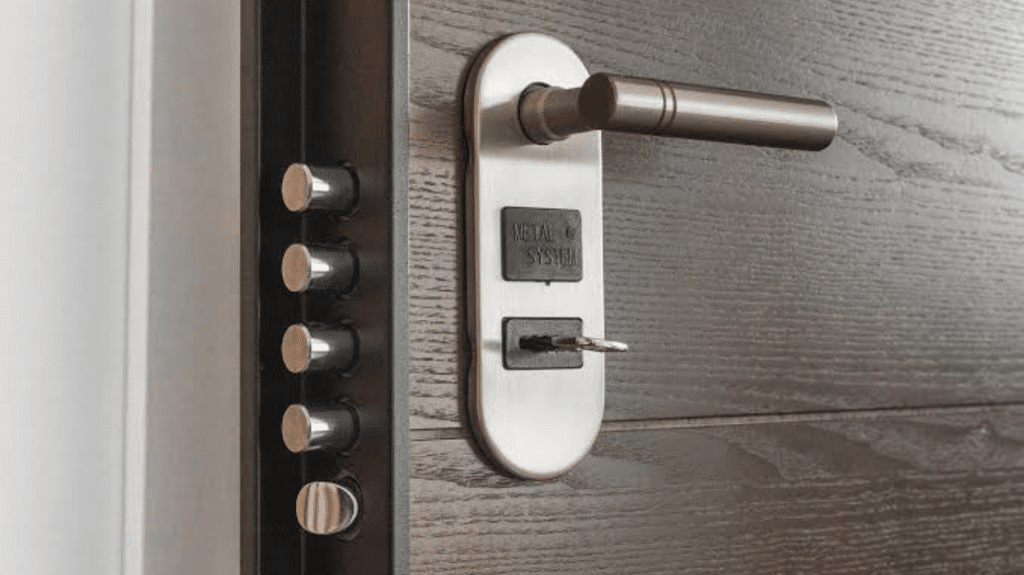
Types of Door Brakes
Hydraulic Door Closers
Hydraulic door closers utilize fluid mechanics to govern the fee and pressure with which a door closes. They function with hydraulic cylinders full of fluid that alter the door’s movement, providing smooth and managed remaining motion. Read more
Spring Door Closers
Spring door closers use a coiled spring mechanism to govern the motion of the door. As the door is opened, tension is saved in the spring, which then releases to shut the door step by step and save you slamming.
Pneumatic Door Closers
Pneumatic door closers function the usage of compressed air or fuel to control the door’s final speed and stress. They provide adjustable settings to tailor the ultimate motion in keeping with unique alternatives and requirements.
Magnetic Door Holders
Magnetic door holders appoint magnets to maintain the door open securely and launch it without problems at the same time as critical. They may be activated manually or routinely and are mainly useful in environments wherein retaining doorways open fast is desired.
Rubber or Foam Door Stoppers
Rubber or foam door stoppers offer a bodily barrier to save you doorways from swinging clearly open or slamming close. They soak up impact and cushion the door’s motion, presenting an easy however powerful solution to govern door slamming.
Choosing the Right Door Brake for Your Needs
Consideration of Door Type and Weight
Different door brakes are designed to house numerous door kinds and weights. Consider the material and dimensions of your door while choosing a door brake to make certain it could adequately assist and manipulate its movement without strain or malfunction.
Estimating Frequency of Use
Assess the frequency with which the door will be opened and closed. Doors in high-site visitors regions may also require more sturdy and sturdy door brakes able to withstand common use without compromising performance or toughness.
Budgetary Constraints
Determine your budget for getting and putting in a door brake. While there are options to have healthy numerous budgets, it is critical to strike a stability between fee and pleasant to make certain you put money into a reliable and powerful answer that meets your needs without exceeding your financial limitations.
Aesthetic Considerations
Take into account the cultured attraction and compatibility of the door brake with your current door and environment. Choose a door brake that complements the design and fashion of your space, whether it’s a swish and inconspicuous choice or a greater ornamental and integrated solution. Read more about door accessories at Beslagsguiden.
Installation Process for Door Brakes
Tools and Materials Required
Before starting the installation technique, accumulate the necessary equipment and substances, which might also encompass a drill, screwdriver, screws, measuring tape, degree, pencil, and the door brake package itself. Ensure that you have all the additives and equipment needed for a hit installation.
Step-By Means Of-Step Installation Guide
- Start via carefully studying the manufacturer’s commands furnished with the door brake kit.
- Position the door brake on the door consistent with the manufacturer’s pointers, making sure of the right alignment and clearance.
- Mark the places for drilling holes using a pencil and measuring tape, ensuring they correspond to the mounting holes at the door brake.
- Use a drill to create pilot holes for the screws, taking care to avoid unfavorable the door or surrounding areas.
- Attach the door brake securely to the door using screws, following the desired tightening sequence and torque recommendations.
- Test the capability of the door brake by establishing and ultimately the door several times to make sure of smooth operation.
- Make any important adjustments to the anxiety or settings of the door brake consistent with the producer’s commands.
- Once satisfied with the installation and overall performance, stable any extra additives or covers supplied with the door brake kit.
Safety precautions
- Wear appropriate safety gear, inclusive of gloves and protection glasses, whilst coping with gear and materials.
- Ensure the vicinity across the door is obvious of obstructions and hazards to prevent accidents at some point of set up.
- Use caution whilst drilling holes to keep away from detrimental the door or surrounding surfaces.
- Follow the manufacturer’s instructions and recommendations for safe installation practices to save you injury or harm.
Adjusting and Maintaining Door Brakes
Testing Door Closing Speed
Regularly check the door closing pace to ensure it aligns together with your preferences and protection requirements. Open the door absolutely and launch it, observing how fast it closes. Adjust the door brake settings if vital to achieve the desired remaining velocity, ensuring it closes easily without slamming.
Adjusting Tension or Hydraulic Settings
If your door brake features adjustable tension or hydraulic settings, periodically test and adjust them as wished. Use the producer’s tips to exceptionally-tune the tension or hydraulic stress to optimize the door’s closing movement, taking into account elements which include door weight and environmental conditions.
Lubrication and Cleaning Tips
Keep your door brake and door fittings properly-lubricated to keep easy operation and prevent put on and tear. Use a suitable lubricant advocated via the manufacturer to grease shifting elements and hinges often. Additionally, it eases the door brake and surrounding regions to dispose of dust, particles, and buildup that can have an effect on its performance.
Regular Inspection
Conduct everyday inspections of your door brake to identify any signs of damage, put on, or malfunction. Check for loose screws, tired additives, leaks (if applicable), and any unusual noises throughout operation. Address any troubles right away to save you further harm and make sure the continued effectiveness of the door brake.
Alternative Methods to Prevent Door Slamming
Soft-Close Hinges
Consider installing gentle-close hinges, which characteristic a mechanism that slows down the final pace of the door, preventing it from slamming shut. These hinges are mainly useful for doorways which are often opened and closed, inclusive of cabinet doors or interior doorways.
Installing Weatherstripping
Applying weatherstripping around the door body can assist absorb some of the effect even as the door closes, reducing the noise and preventing slamming. Weatherstripping moreover permits beautifying power performance by sealing gaps and preventing drafts.
Putting More Weight on The Door’s Bottom
Adding a weight to the lowest of the door can slow down its final tempo and save you slamming. This can be executed with the aid of attaching a sandbag, weighted doorstop, or comparable item to the bottom of the door. Ensure that the introduced weight does not avoid the door’s movement or motive harm to the ground.
Educating Household Members
Educate household individuals about the importance of last doors lightly to prevent slamming. Encourage them to use door handles or knobs rather than pushing or pulling the door forcefully. By elevating recognition and fostering mindful conduct, you could assist decrease the prevalence of door slamming in your own home or workspace.
The Benefits of Creating a Smooth Door Closing
Noise Reduction
Preventing door slamming enables lessen noise pollutants within the surroundings, selling a quieter and greater non violent surroundings. This is especially beneficial in residential regions, workplaces, and extraordinary shared spaces wherein excessive noise can be disruptive and bothersome.
Protection of Door and Frame
By avoiding the forceful effect of slamming, doorways and their frames are protected from useless put on and tear. This extends the lifespan of these components, decreasing the frequency of preservation or replacements and saving on protection charges over time.
Energy Efficiency
Preventing door slamming enables maintain the integrity of seals and weatherstripping, which might be important for strength performance. Properly sealed doors prevent air leaks and drafts, resulting in advanced insulation and reduced electricity consumption for heating and cooling functions.
Improved Safety
Preventing door slamming enhances protection inside the environment via decreasing the risk of injuries and injuries. Slamming doors can pose dangers, which include pinched arms, trips, and falls, particularly in families with youngsters or aged people. By selling mild doors at the very last conduct, you create a safer living or walking environment for anyone.
Troubleshooting Common Issues with Door Brakes
Door Closing Too Slowly
If the door closes too slowly, test the tension settings or hydraulic strain of the door brake. Adjust them everyday with the manufacturer’s tips to boom the last velocity to the popular diploma.
Door Not Closing Completely
If the door fails to close simply, investigate the door brake for any obstructions or particles hindering its operation. Ensure that the door’s hinges are properly lubricated and that the door is successfully aligned inside the frame. Adjust the door brake settings as needed to facilitate complete closure.
Squeaking or Grinding Noises
Squeaking or grinding noises might also additionally moreover furthermore advocate a lack of lubrication or worn-out additives inside the door brake. Apply lubricant to the shifting factors and hinges to lessen friction and remove the noise. If the hassle persists, look into the door brake for damaged or tired components that might require opportunity.
Hydraulic Door Closer Fluid Leak
If you check hydraulic fluid leaking from the door nearer, it shows a seal or gasket failure in the hydraulic mechanism. Discontinue use of the door closer and replace the damaged seals or gaskets without delay to prevent further fluid loss and ensure the right functioning of the door brake. If vital, are looking for recommendation from an expert for maintenance or opportunity of the hydraulic additives.
In conclusion, right adjustment and safety of door brakes are important for clean operation and safety. By making an investment in exquisite door brakes and following safety strategies diligently, you may limit noise, protect door additives, and enhance strength average overall performance.
Implementing those practices no longer complements the functionality of doorways but additionally promotes a greater steady and further comfortable surroundings. Remember, proactive protection now can prevent steeply-priced upkeep and make certain prolonged-term reliability.

